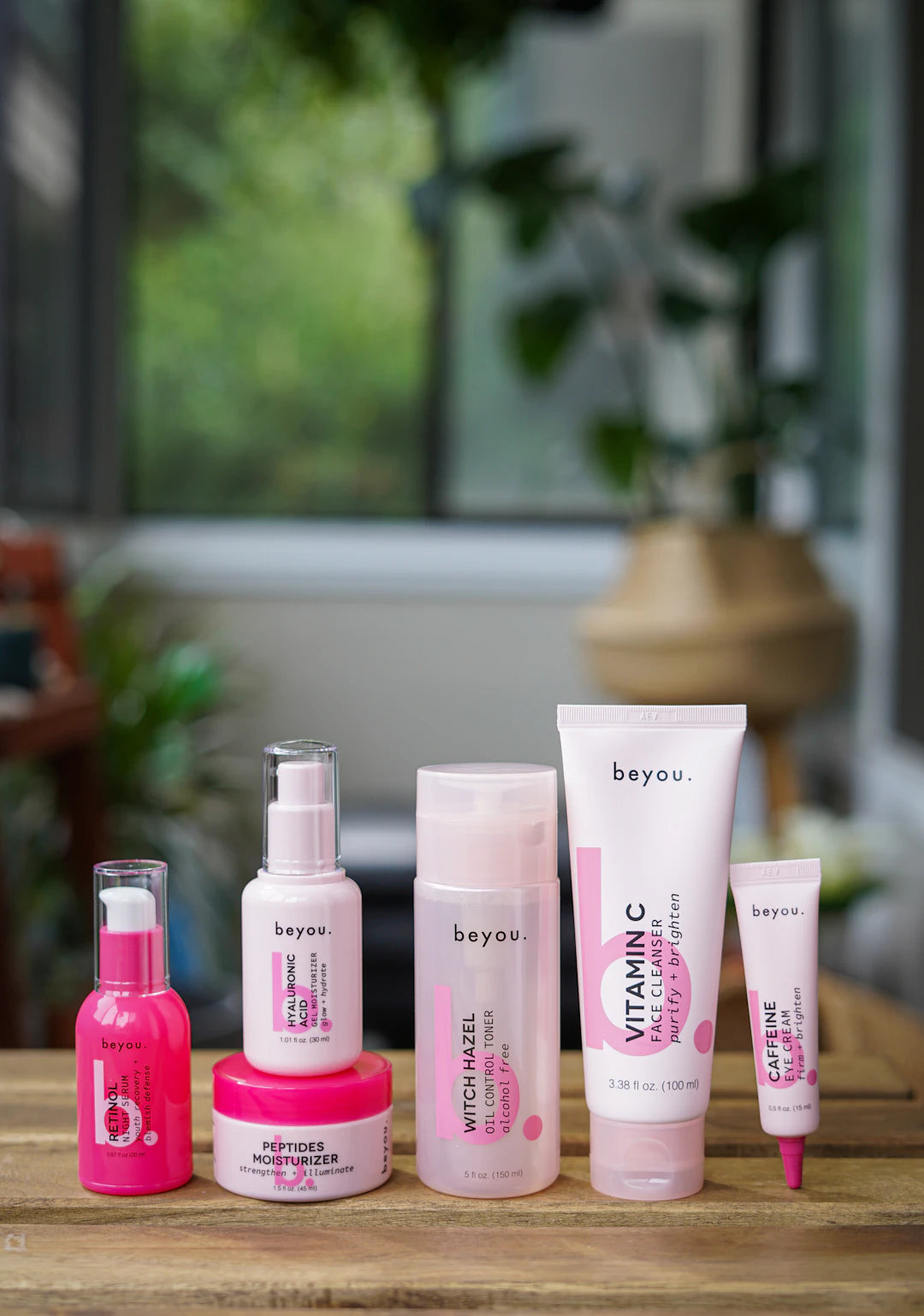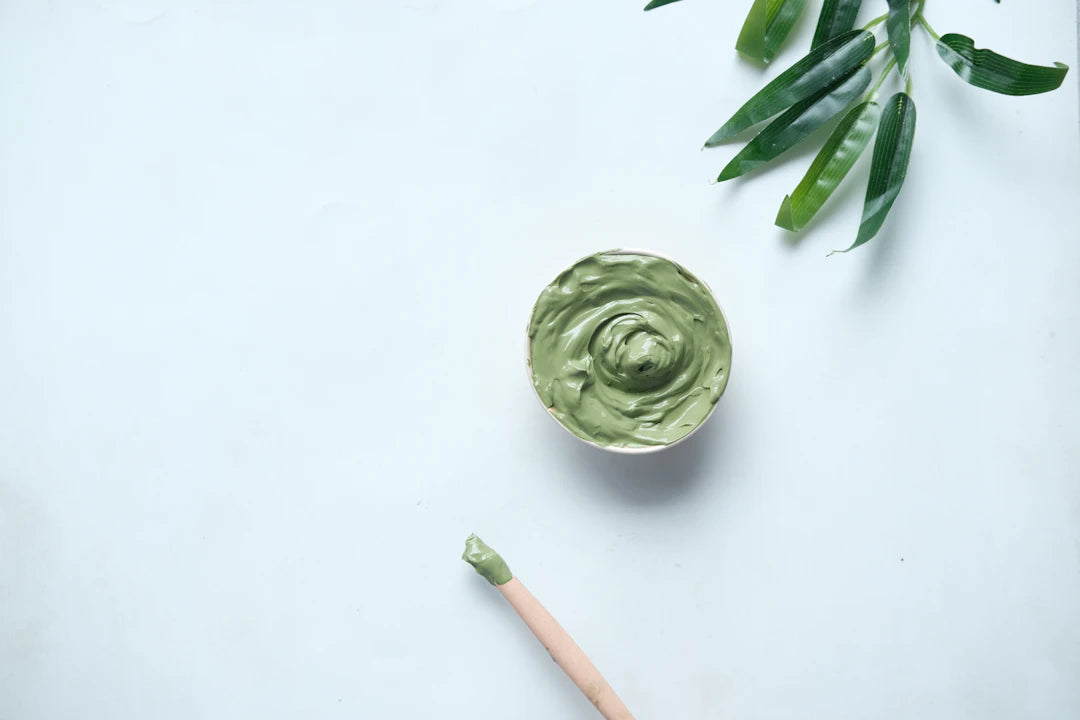Unlocking the Secrets: Understanding Your Skin Type

Frequently Asked Questions
1. Why is it important to know your skin type?
2. What are the different skin types?
3. How can I determine my skin type?
4. What are some common skincare myths?
5. What are the general steps for crafting a skincare routine?
Are you struggling to find the right skincare routine? Understanding your skin type is essential for effective skincare. It can help you choose products that will work best for your unique complexion, whether you’re looking to hydrate, protect, or combat signs of aging. In this guide, we’ll explore the different skin types, their characteristics, and how to care for each type.
The Importance of Knowing Your Skin Type
Your skin is the largest organ in your body, and it deserves proper care. By understanding your skin type, you can:
- Select the most suitable products for your skin.
- Address specific concerns such as dryness, oiliness, or sensitivity.
- Prevent potential skin issues before they arise.
- Enhance the results of your skincare routine.
Different Skin Types
Generally, skin types can be categorized into five distinct categories: normal, oily, dry, combination, and sensitive. Let’s delve into each category to help you identify which one fits you best.
Normal Skin
Normal skin is characterized by a balanced texture. It is neither too oily nor too dry, which makes it the easiest skin type to manage. Signs of normal skin include:
- Minimal sensitivity.
- No excessive shine or dryness.
- Fine pores.
- Even skin tone and texture.
To maintain the health of normal skin, it’s essential to use a broad-spectrum SPF to protect it from UV damage. A lightweight moisturizer with antiaging properties can also help maintain its balance.
Oily Skin
Oily skin is marked by excess sebum production, leading to a shiny appearance. Individuals with this skin type may experience:
- Enlarged pores.
- Frequent acne breakouts.
- Greasy texture, especially in the T-zone (forehead, nose, chin).
To care for oily skin, select lightweight, oil-free moisturizers, and consider incorporating products rich in salicylic acid or benzoyl peroxide. Remember, even oily skin needs sun protection, so applying broad-spectrum SPF is crucial.
Dry Skin
Dry skin lacks moisture and can feel tight and itchy. Characteristics of dry skin include:
- Flaky or rough texture.
- Red or itchy patches.
- Fine lines may appear more visible.
To manage dry skin, opt for rich, hydrating creams and oils that help lock in moisture. Look for products containing hyaluronic acid and glycerin. Using broad-spectrum SPF is also important to protect against harmful rays that can further dehydrate your skin. Incorporating antiaging creams can help to keep your skin supple and smooth.
Combination Skin
Combination skin features a mix of oily and dry areas. Typically, the T-zone may be oily, while other areas (like the cheeks) can be dry. Signs of combination skin include:
- Shiny T-zone.
- Dry patches on cheeks or around the nose.
- Clogged pores in some areas, but not all.
To care for combination skin, it’s best to use a gentle cleanser that won't strip your skin of its natural oils. Look for lightweight moisturizers and apply broad-spectrum SPF in your daily routine to protect all areas of your face. Using targeted treatments for specific areas can also be beneficial.
Sensitive Skin
Sensitive skin can react to many products and environmental factors. This type of skin often appears red and can be easily irritated. Signs of sensitive skin include:
- Burning or stinging sensations.
- Prone to rashes or breakouts.
- Dry, rough patches or flakiness.
Caring for sensitive skin involves using fragrance-free and hypoallergenic products. Always test a small amount on your skin before fully applying any new product. Don't forget to add a broad-spectrum SPF to your routine to protect against UV rays.
How to Determine Your Skin Type
To accurately determine your skin type, follow these steps:
- Wash your face: Use a gentle cleanser to remove all dirt and makeup.
- Pat dry: Gently dry your face with a clean towel.
- Wait: Allow your skin to rest for an hour without applying any products.
- Observe: Note how your skin feels during this time. Pay attention to any areas that become oily, tight, or uncomfortable.
Based on your observations, you should be able to identify which category your skin falls into. This understanding will better equip you to choose the right products for your routine.
The Science Behind Skin Types
Understanding your skin type goes beyond just aesthetics; it involves understanding the biology behind it. The skin comprises various components, such as sebum, water levels, and the skin barrier. Here’s a closer look:
Sebum Production
Sebum is the oily substance produced by sebaceous glands in your skin. Individuals with oily skin produce more sebum, leading to a shiny appearance, while those with dry skin produce less, resulting in dryness. Knowing your skin’s sebum production plays a key role in selecting the right skincare products.
Skin Barrier Health
The outermost layer of the skin, known as the stratum corneum, serves as a barrier to environmental stressors. When this barrier is compromised, it can lead to various skin issues. Using moisturizers and treatments that support barrier health is crucial for all skin types.
Hydration Levels
Hydration is vital for skin health. Products featuring humectants, emollients, and occlusives work together to maintain adequate moisture levels. Ensure your skincare routine reflects your skin’s hydration needs to keep it well-nourished and glowing.
Crafting Your Skincare Routine
Once you understand your skin type, you can craft a skincare routine tailored to your specific needs. Here are some general guidelines to ensure optimal skin health:
Step 1: Cleansing
A good cleanser is essential for all skin types. Choose a formula appropriate for your skin to remove impurities without stripping it of its natural oils.
Step 2: Toning
Toners can provide additional benefits, such as hydration and pH balance. Look for alcohol-free formulas that suit your skin type.
Step 3: Treatment
Consider adding serums or treatments that target specific skin concerns. This may include antiaging products for mature skin or treatments for breakouts for oily skin.
Step 4: Moisturizing
Regardless of skin type, moisturizing is crucial. Select the right moisturizer that hydrates without clogging pores. Remember to always include a broad-spectrum SPF during the daytime to protect against skin damage and premature aging.
Step 5: Night Care
Your nighttime skincare routine is just as important as your daytime regimen. Opt for richer creams or oils to lock in moisture overnight. If you’re aiming for antiaging benefits, this is the perfect time to incorporate retinol or other active ingredients.
Common Skincare Myths Debunked
When it comes to skincare, misinformation is prevalent. Here are some common myths that could mislead you:
- Oily skin doesn’t need moisturizer: Everyone needs hydration, regardless of skin type.
- All natural products are good for your skin: Just because something is natural doesn’t mean it’s safe for everyone.
- Wearing sunscreen is only necessary in summer: UV rays can damage skin year-round. Always apply broad-spectrum SPF.
Embracing Your Unique Skin
Understanding your skin type is just the first step in your skincare journey. The key is to embrace your unique complexion and invest time in caring for it. Each skin type comes with its own set of challenges, but with the right knowledge and products, you can achieve the beautiful skin you desire. Remember that consistency is critical—give your skin the love it deserves, and enjoy the results!


